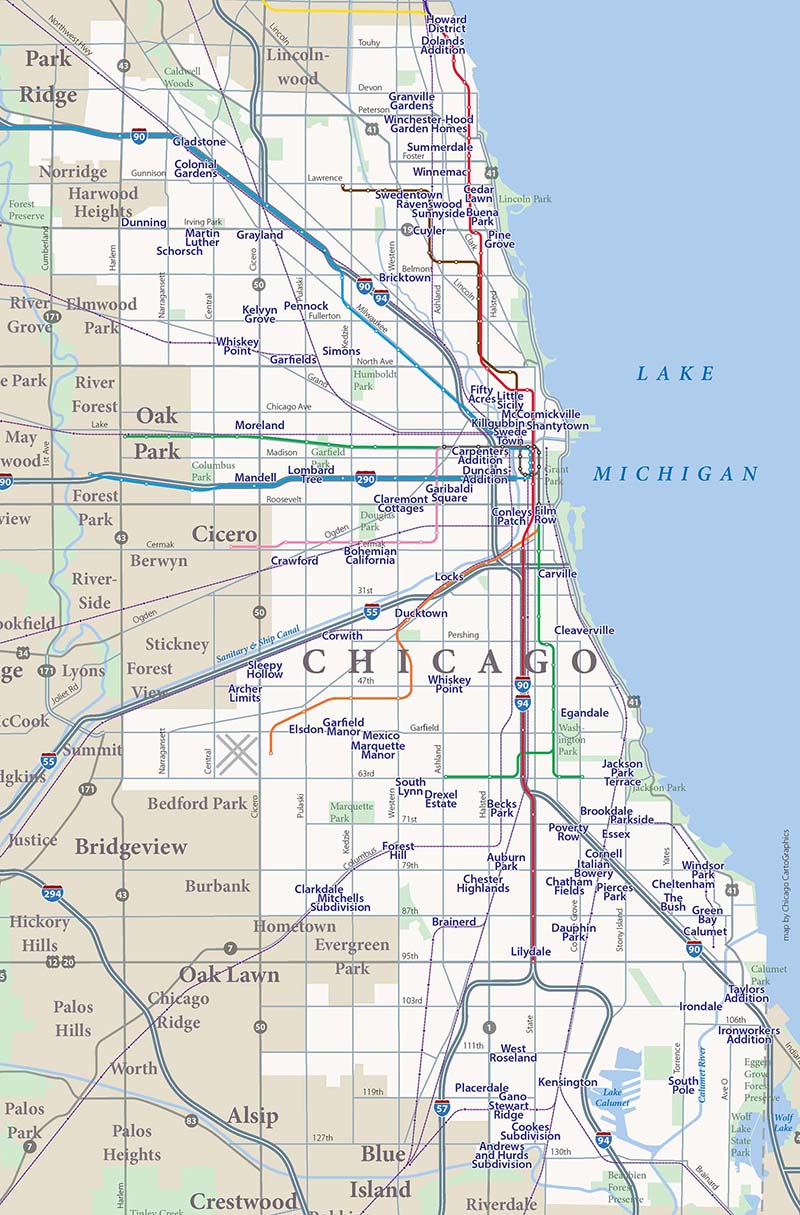Where do those weird “neighborhood names” come from? The ones—such as Swedetown, Bohemian California, McCormickville, or South Pole—that you sometimes see if you zoom in on online maps? Most of them are obscure entries from the Board on Geographic Names's database called Geographic Names Information Service. In the 1980s, BGN hired outside contractors (mostly geography professors) to densify the database by adding all the geographic names they could find. In big cities, a lot of the area names are long-forgotten 19th century additions or townsite plats that were absorbed by the growing big city. GNIS policy is that a “populated place” such as a neighborhood or subdivision never loses a name, unless it ceases to be populated. Google and other online map services pull geographic names in from GNIS, but don't seem to have a way to verify whether they're still actually used. BGN/USGS conceived of GNIS primarily as an index to be able to find places on maps. They never anticipated that someday computer programmers would automagically put all those names on their maps without any local knowledge or human judgment. Here's a spreadsheet with all the “populated places” GNIS includes for Cook County. This map shows many of the ones we don't generally use nowadays. Many are 19th century subdivisions or railroad points, but a few are modern apartment complexes: |
